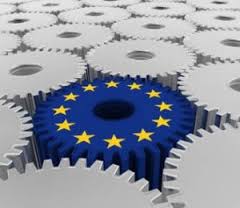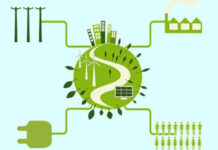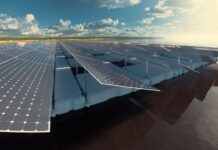
How can a type of financing such as crowdfunding enter the energy business?
Currently, we are thinking of this mode of financing according to the American model, that is the “reward based” one whereby a product idea is financed and the repayment is a competitive pre-order on end retail price.
There is not only this type of financing. For instance, France and England are moving towards a form that resembles “participatory financing” which aims to develop a service rather than the product.
I think of the activities of “peer to peer lending” or “social lending” by means of which a company may obtain financing for an activity which would now be difficult for it to be supported by a bank, which in turn is obtained by asking the end-users. The end-users will get their money back at an interest rate that may vary on the basis of the investment risk or a project ranking, obviously within the bounds of legality.
Thus the entity which gathers funds offers its service to contact the financial backers with the designer. Such an activity for the reference legislation is only practical and it is comparable with a loan between private persons, understood as physical and juridical persons. If in turn an entity which gathers the funds decides in whom and where to invest, it is not about “peer to peer lending” anymore but “social lending.” In this case those who perform the operation must be accredited, in accordance with Italian law, at the Bank of Italy.
Indeed, the banks, above all abroad, switch to the on-line field offering themselves as managers of those activities.
Actually, crowdfunding is turning into a new investment model. In the past one invested on stock exchange, betting on the profitability of a company. Now one focuses directly on a project also at first hand. Yes, as far as the world of lending resembles more a form of distributed loan which can encompass interests at the market rates. For instance, the equity based crowdfunding is standardized: those who finance become true part of the company. This refers to joint stock companies which increase their reserve capital precisely to the social financial backers.
From my very personal point of view, an evolution of this model may be called “Royalty” which provides for a right to the profit. For the time being, I do not think it would be possible with the legislation in force, but I believe that such a model could be reached soon.
So the main difference between a model which we can define as European and the American one lies, above all in regulation? It is not only about regulation. The American platforms provide for, above all financing activities related to short stories of an idea, whereas the European investor wants to attain a more instrumental description such as business plan, Gaant, etc. Therefore, the European platforms must provide instruments of this kind. We are also focusing on this model when it comes to our launching of a similar product. Another American limit is a feature of being too general or too vertical. For instance, we are thinking of a structure divided in three areas: business, non-profit and then also family projects on a small scale.
Per ricevere quotidianamente i nostri aggiornamenti su energia e transizione ecologica, basta iscriversi alla nostra newsletter gratuita
e riproduzione totale o parziale in qualunque formato degli articoli presenti sul sito.


















